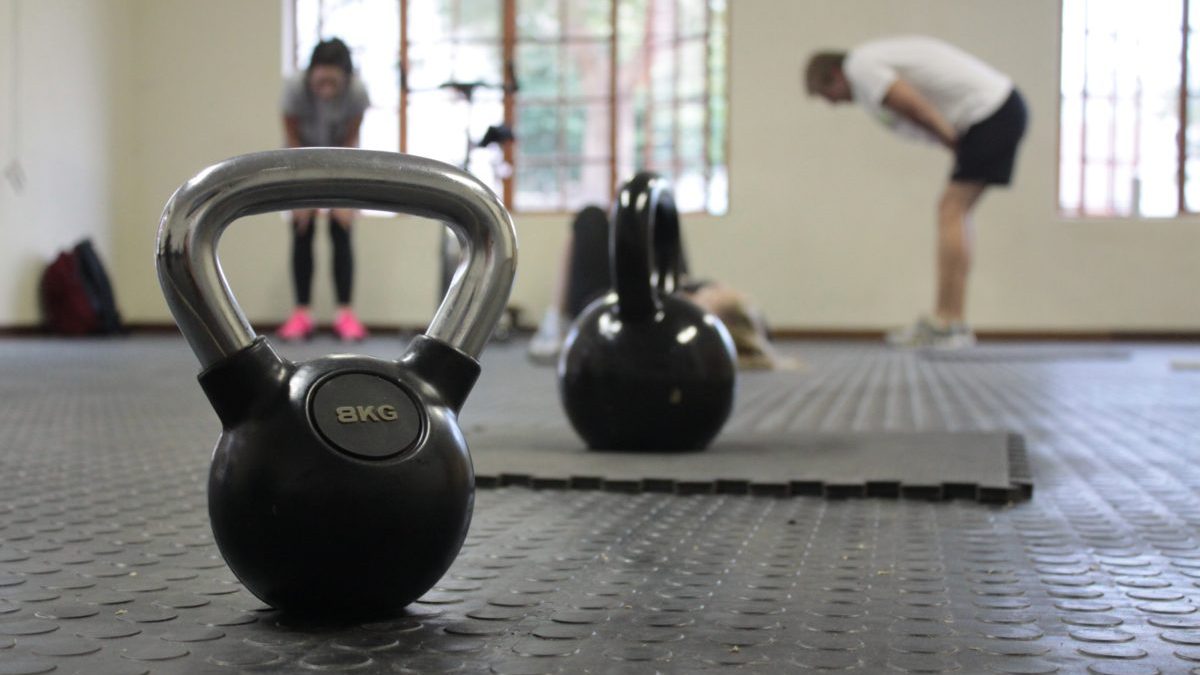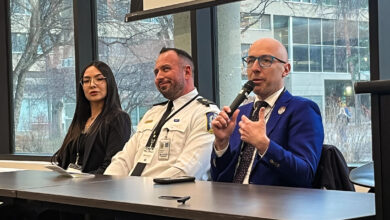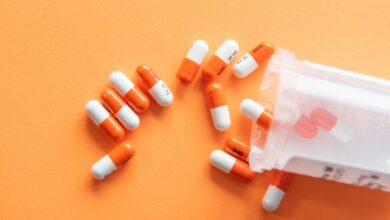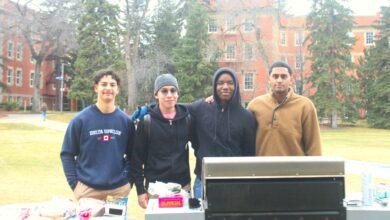U of A medical and engineering students test bioengineered cartilage in microgravity flight
Amira Aissiou, fourth year medical student at the U of A, she began her involvement with space medicine research through the CAN-RGX competition offered by SEDS-Canada.
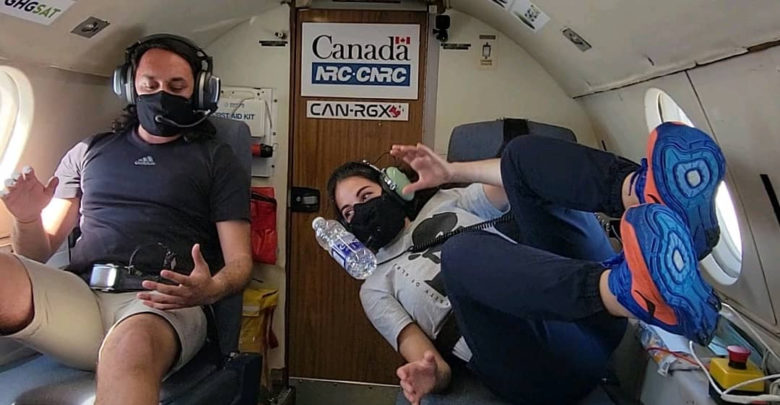 Supplied
SuppliedThe sky is the limit for an interdisciplinary University of Alberta team who took a parabolic flight to test bioengineered knee cartilage samples.
The University of Alberta Space Design Group flew aboard the National Research Council of Canada’s Falcon 20 parabolic aircraft to test bioengineered samples of knee cartilage they developed. This parabolic flight involved accelerating upwards at 9.81 metres per second squared, then entering microgravity by going into a downwards free fall. According to Amira Aissiou, fourth-year medical student at the U of A, the team did 11 parabolas during their flight.
“During the freefall, that’s where we experience microgravity and you see us floating around,” Aissiou explained. “So for the actual test flight, we did 11 parabolas. That means we were in microgravity for a couple minutes. It was an amazing experience being weightless, but my colleague and I both got kind of sick towards the end.”
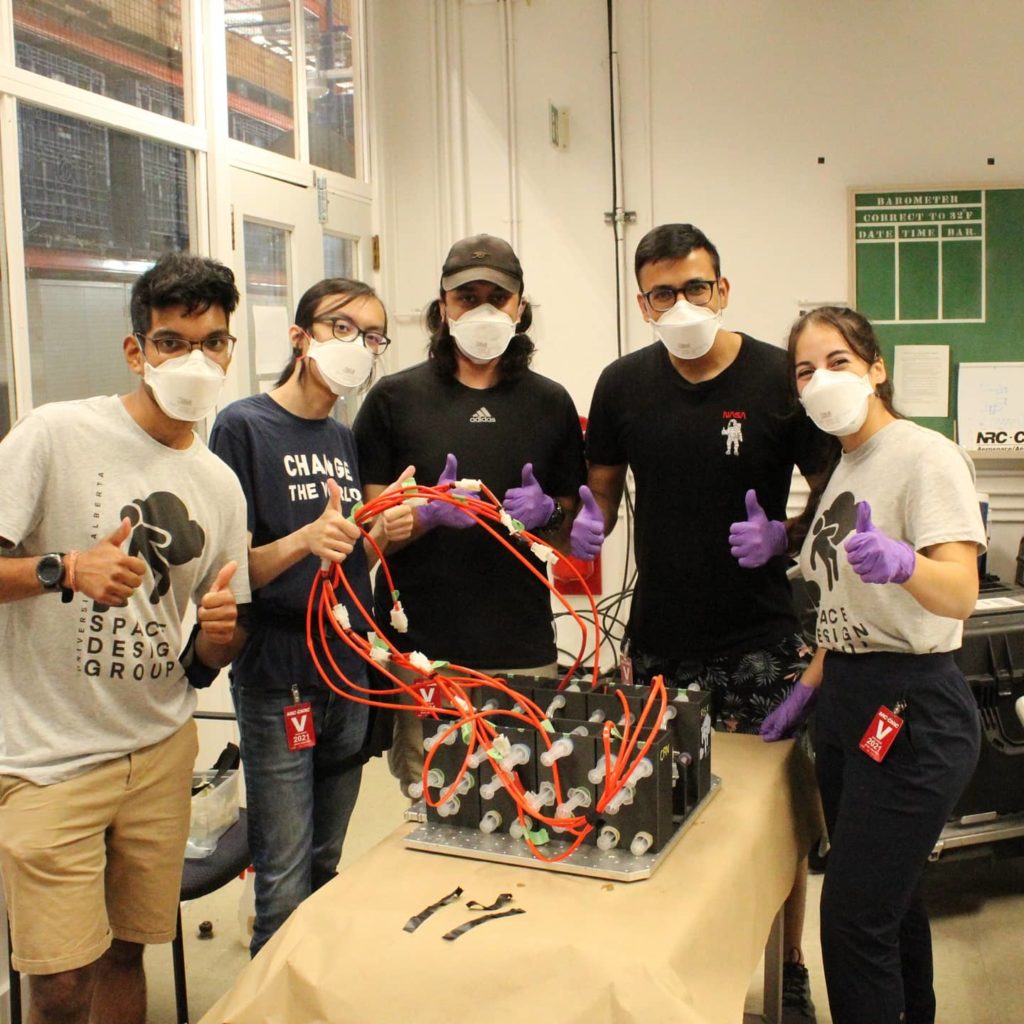
According to Aissiou, she began her involvement with space medicine research through the CAN-RGX competition offered by SEDS-Canada. This competition allows Canadian post-secondary students to design and test scientific experiments on board the National Research Council of Canada (NRC) Falcon 20, which has been modified for reduced gravity flight in association with the Canadian Space Agency (CSA).
The CAN-RGX competition presented the opportunity for an interdisciplinary collaboration between medicine and engineering.
“I’m a huge supporter of collaborations, and I love working interdisciplinary,” Aissiou said. “You just find these novel ideas, and everyone just brings something very unique to the table. Everyone has their own skill sets in their own specialization. When you collaborate and work in this interdisciplinary environment, you can really do great things and find novel solutions.”
However, this interdisciplinary collaboration presented new challenges to the team, forcing the participants to develop knowledge outside of their specialties.
“There was some initial struggle communicating with each other at the beginning because the engineers use their engineering terms and we were using our medical terms,” Aissiou explained. “We obviously don’t realize it, because we’re so used to using certain language.”
“It was really eye-opening, and it was just so amazing working with other people on campus.”
For students looking to get involved in space medicine, Aissiou recommended not being afraid to fail.
“It’s such a great time to be alive,” she said. “There’s a lot of progress in space exploration and space medicine, so it’s a great time to be to get your foot into space research and microgravity research. Keep an open mind because sometimes opportunities arise. If there’s a good one, just jump on it. If it fails, it fails. If it doesn’t, it could lead to something really amazing.”

